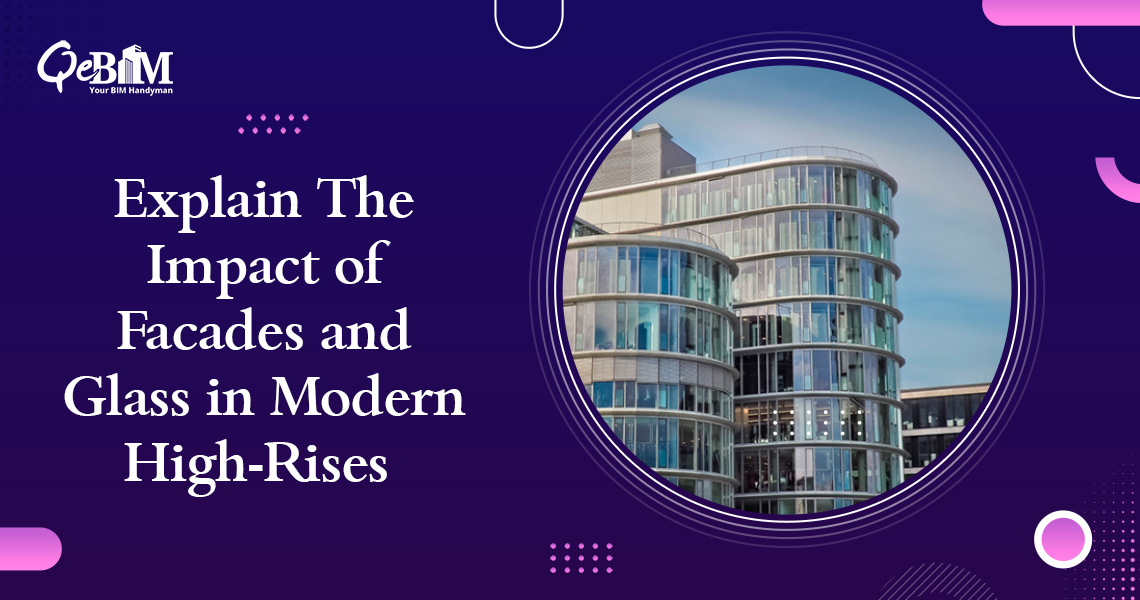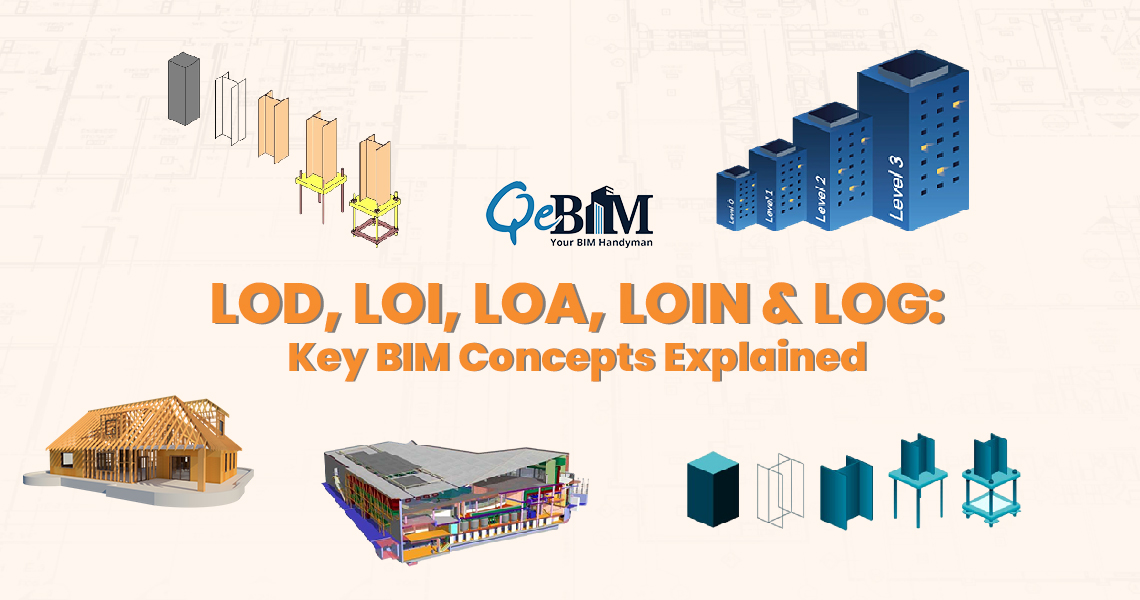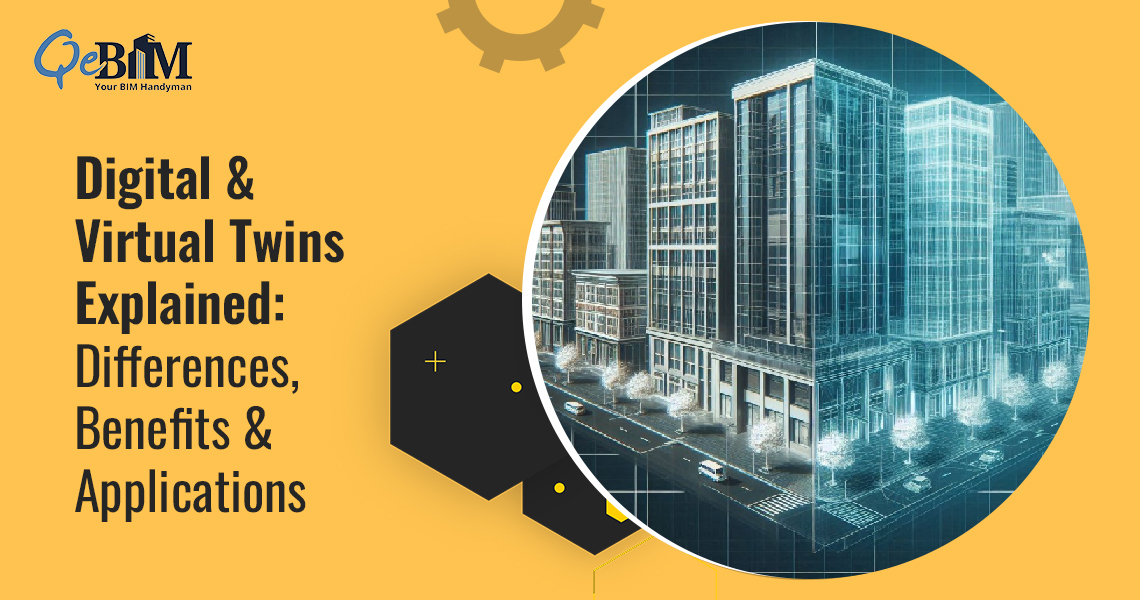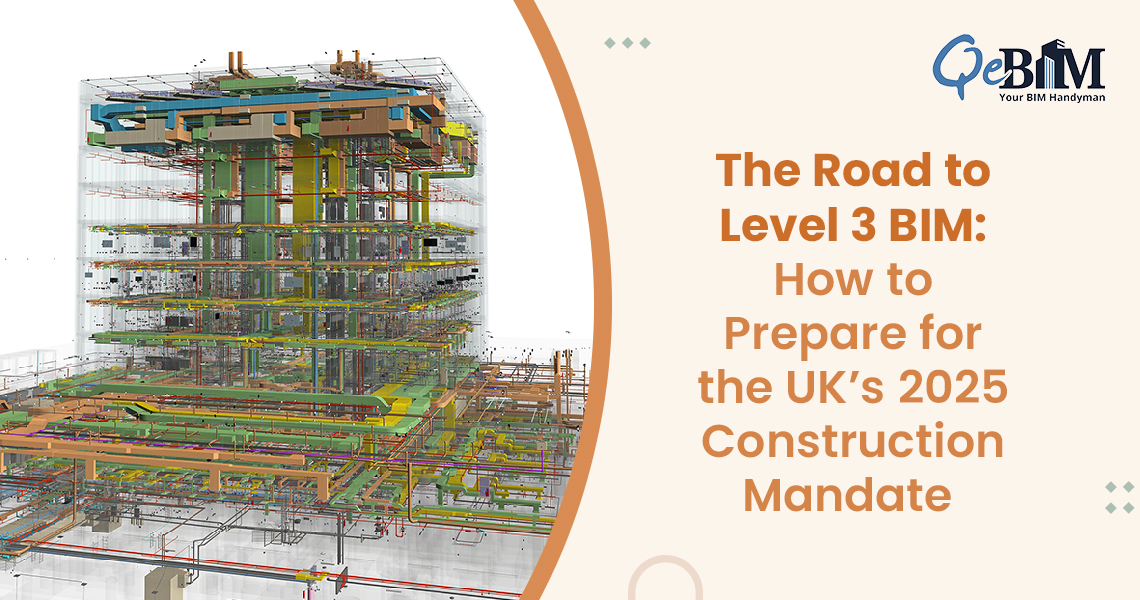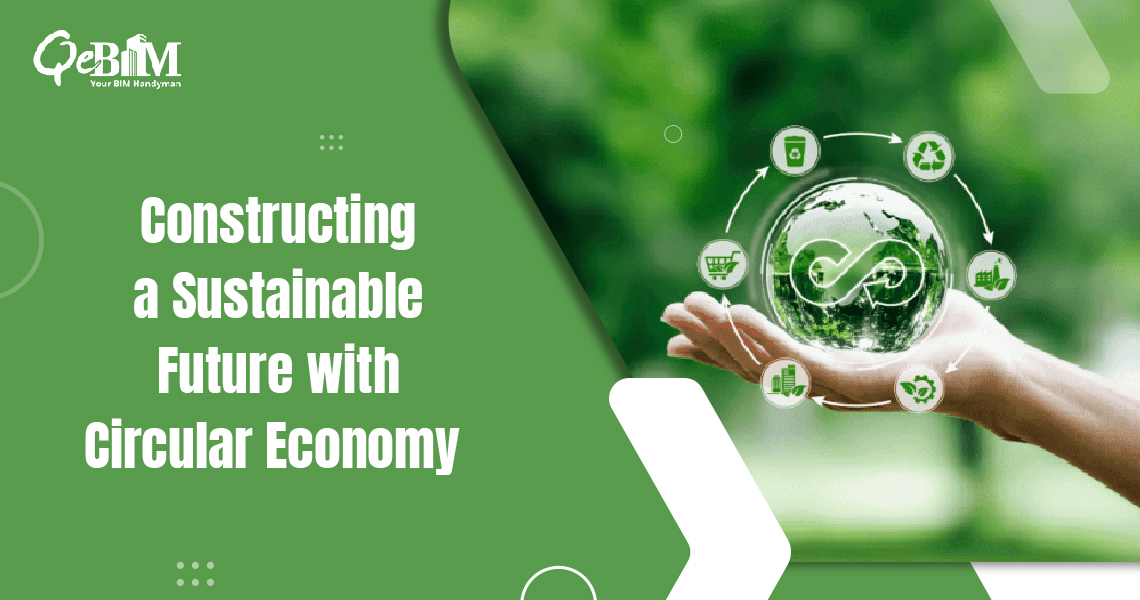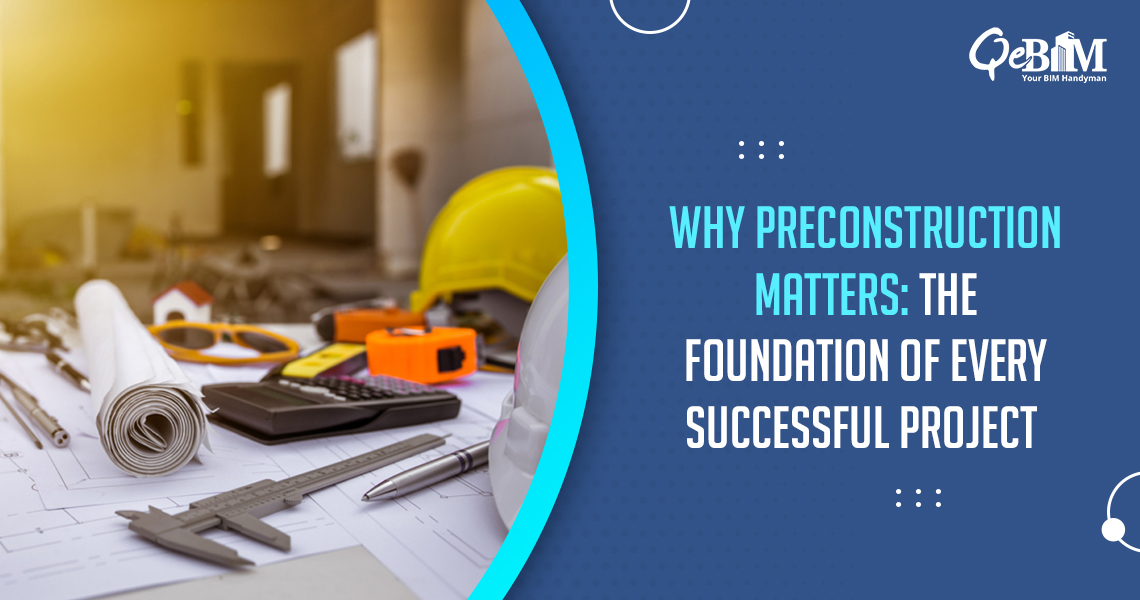In the contemporary architecture, few elements are as transformative and iconic such as facades and glass. These design components are not merely aesthetic but they play crucial roles in defining the character, functionality, as well as the sustainability of modern high-rises. From the sleek, reflective surfaces of glass to the complex geometries of facades these features are central to the evolution of urban skylines.
Let’s indulge into how facades and glass are shaping the high-rise buildings of today and tomorrow.
- Aesthetic Appeal and Architectural Expression
One of the most visible roles of facades and glass in high-rises is their contribution to the architectural aesthetics. Modern skyscrapers are often characterized by their striking appearances and much of this comes from the innovative use of facades as well as glass.Glass facades allows the architects to experiment with the transparency, reflections as well as light diffusion. The reflective quality of the glass can create dynamic visual effects thereby changing the building’s appearance throughout the day as sunlight shifts and weather conditions change. This not only adds to the building’s visual intrigue but also integrates the structure more harmoniously with its urban environment.
Facade design, meanwhile, enables architects to explore various forms and geometries. Whether it’s through the use of intricate patterns, bold colors, or innovative materials, the facade becomes a canvas for creative expression. High-rises with distinctive facades often become landmarks ultimately contributing to the city’s identity and skyline.
- Natural Light and Views
One of the primary benefits of using glass in the high-rise construction is the usage of maximum of the natural light. Expansive glass panels and windows that extend from floor to ceiling enhance the interior experience by flooding spaces with the daylight. This abundance of natural light reduces the need for artificial lighting thereby contributing to the energy savings and creating a more pleasant working or living environment.Additionally, the expansive glass surfaces offer an unobstructed view of the cityscape ultimately enhancing the occupant’s experience as well as the connection to the city.
- Energy Efficiency and Environmental Impact
In the context of sustainability, modern facades and glass technology often plays a crucial role in the energy efficiency. The high-performance glazing systems are designed using apt Façade BIM Services to reduce the heat gain and loss. These are critical for maintaining comfortable indoor temperatures as well as minimizing the reliance on heating and cooling systems. Low-emissivity (Low-E) glass is one such innovation. It has a special coating that reflects infrared light thereby helping to retain heat indoors during the winter and keep it out during the summer. This ultimately helps in regulating the building’s temperature thereby contributing to the less energy consumption. Moreover, modern facades often incorporate dynamic shading systems that do adjust in response to the sunlight and weather conditions. These systems can reduce the glare and further contribute to energy savings by controlling the amount of solar heat entering the building.
- Structural Integrity and Safety
Facades and glass goes beyond aesthetics and efficiency by playing vital roles in contributing to the structural integrity as well as safety of the high-rises. The facade acts as the building’s skin thereby offering a shield against the elements. This means that the facade must withstand the wind loads, temperature fluctuations, along with other environmental stresses.
- Urban Integration and Space Optimization
High-rise buildings often aim to make the most out of the limited urban space. Facades and glass play a key role in integrating these buildings into their surroundings. Glass facades can however reflect the city’s vibrancy as well as blend with the various architectural styles thereby creating a seamless transition between the new and the existing.Moreover, innovative facade designs can optimize the use of available space making them more versatile and adaptable.
- Future Trends and Innovations
Looking ahead, the role of facades and glass in high-rise architecture is set to evolve further. Emerging technologies like smart glass and biophilic design are redefining the limits of what’s achievable. Smart glass can adjust its opacity in response to electrical signals thereby providing more control over light as well as privacy. Biophilic design, which incorporates natural elements into architectural spaces, is gaining traction, leading to a more harmonious and health-conscious environments.
Conclusion:
Facades and glass are not just defining the features of modern high-rises but they are integral to the functionality, efficiency as well as aesthetic of these towering structures.
As urban designs penetrate, facades and glass will remain at the forefront of the architectural innovation. Their role in shaping the appearance, performance, as well as the sustainability of high-rises will be crucial in creating the cities of the future using top-notch BIM Services.
